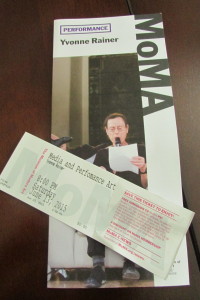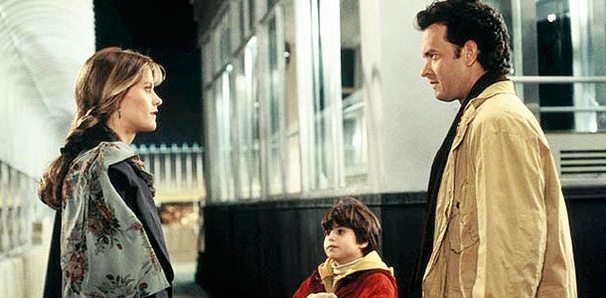Click to tweet this article to our friends and followers!
Top Ten Tips for Writing Memorable Minor Characters
by Susan Kouguell
Film industry folks are always looking for compelling and attention-grabbing protagonists and antagonists in a well-crafted screenplay. That, fellow screenwriters, is not really ground-breaking news, but there is a consistent grievance that echoes the halls of studios and production companies throughout the land. Actually, it’s a consistent complaint. It’s all about those ignored minor characters also known as supporting characters.
The complaints go something like this: “These characters are dull, interchangeable, one-dimensional, predictable, stereotypical…”
What happens next? The screenplay is rejected. The writer is not considered for writing assignments. It’s a sad day in screenplay land.
Supporting characters can and should be memorable. For example: In All About Eve, (written and directed by Joseph L. Mankiewicz) minor character Birdie Coonan helps to propel the narrative forward by expressing her doubts about antagonist Eve Harrington’s intentions to protagonist Margo Channing. Birdie Coonan is memorable because she is also distinct; she’s direct and doesn’t mince words.
In my book Savvy Characters Sell Screenplays! I analyze Betty, a memorable minor character and her arc in Five Easy Pieces directed by Bob Rafelson, screenplay by Adrien Joyce.
In this film, protagonist Bobby Dupea abandoned his promising career as a concert pianist and now works as an oil rigger in the California oil fields. After hearing from his sister that his father is dying, Bobby returns to his wealthy, cultured family’s Washington home where he attempts to reconcile with his father, falls for his brother’s sophisticated wife, and later abandons his brash but well-meaning live-in girlfriend, Rayette.
Betty, a minor character, who appears in only three scenes, advances the narrative by providing subtle insights about Bobby. (This is also an example of the rule of threes. This rule can be applied to a specific action that occurs at three different times during the film or to a character, who appears three times in the film. In the rule of threes, the third time the action or dialogue is seen or heard again, there is a variation from the first two times.)
Betty’s First Scene: The Set Up
Betty and her friend, Twinky, meet and flirt with Bobby in the bowling alley where they are playing in an adjacent lane. During Betty and Bobby’s dialogue exchange, Betty reveals that she has taken on a new identity separate from her childhood when she tells him that her real name is Shirley but she is called Betty: (Like Bobby, she has taken on a new identity separate from her childhood.) Although Bobby’s girlfriend, Rayette, is waiting for him outside in their car, Bobby flirts back. Betty’s new identity is a significant clue to Bobby’s character; he is portrayed as a working-class guy, but in fact, his family is wealthy, and was a concert pianist.
Betty’s Second Scene: The Build
Singing and partying with another couple, Betty, bouncing on Bobby’s lap, recounts a childhood incident with her mother, which also foreshadows Bobby’s estranged and complicated relationship with his father.
Betty’s Third Scene: The Resolution
Betty and Bobby have no dialogue while they have sex. Bobby is seen being unfaithful to Rayette, which shows rather than tells the audience about his character. It also sets up Bobby’s infidelity when he later returns to his family’s home and has an affair with his brother’s wife while Rayette is waiting for him in the motel.
Top Ten Memorable Minor Character Tips
- Use minor characters to propel your plot forward.
- Minor characters can act as a sounding board, a mirror to the protagonist’s soul, and/or knowingly or unknowingly assist your protagonist in achieving his or her goal.
- Minor characters can help advance the protagonist’s storyline forward, reveal information, and/or give additional insight about major characters, including back-story, which will help you to avoid writing exposition.
- Use minor characters to assist in creating or reinforcing the mood and tone of your script, and to give color to the world you have created.
- Utilize minor characters to further reveal the atmosphere and era of your setting.
- Minor characters can bring a different perspective to your story.
- Minor characters can prevent your protagonist from running away from a problem or encourage your protagonist not to run away.
- Take advantage of your minor characters by having them provide insight into your main characters’ storylines.
- Minor characters’ behaviors, attitudes and idiosyncrasies, will help to set the tone of a scene.
- Each minor character in your screenplay must serve a purpose, otherwise cut them.
Take the time to develop your minor characters as you do your major characters. Don’t give film industry executives more to complain about!








